Efficient Watering Solutions: Installing a Drip Irrigation System for Sustainable Landscapes
Installing a drip irrigation system is a smart and eco-friendly way to conserve water, promote plant health, and reduce water wastage in your garden or landscape. Unlike traditional sprinkler systems that deliver water indiscriminately over large areas, drip irrigation delivers water directly to the root zone of plants, minimizing evaporation, runoff, and overspray. By embracing drip irrigation technology, you can optimize water use, save time and money, and create a lush and thriving landscape with minimal environmental impact. Here’s how to install a drip irrigation system for water conservation:
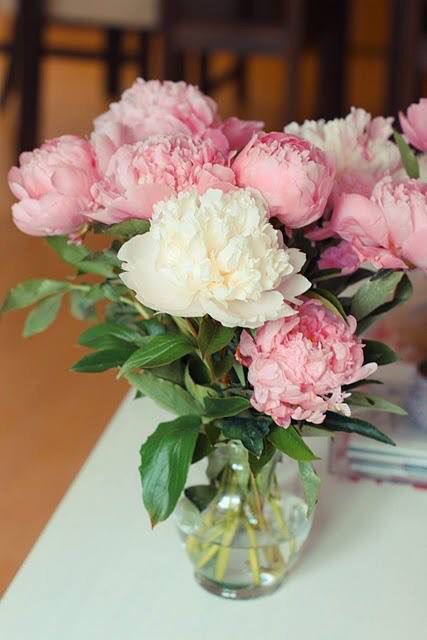

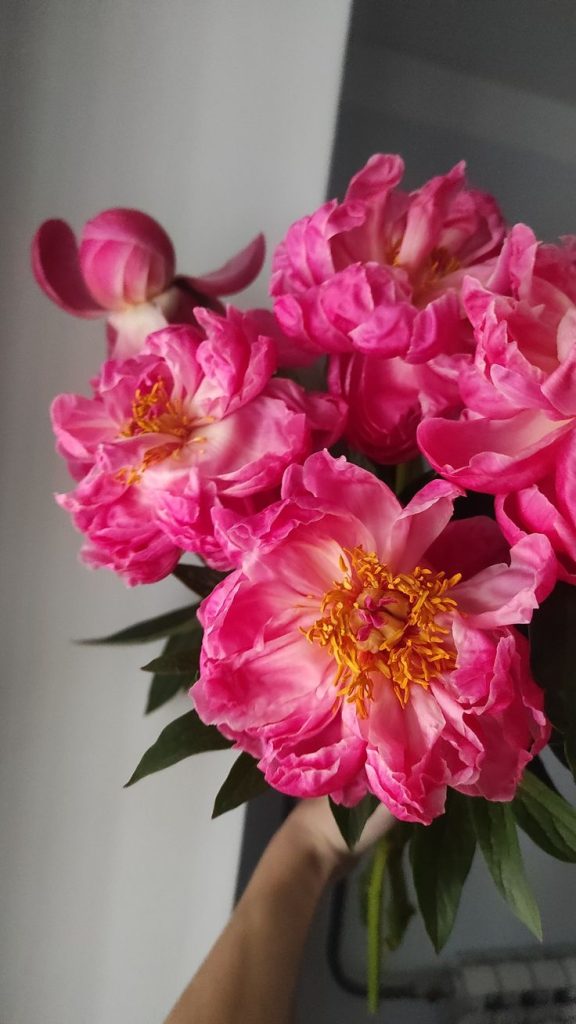
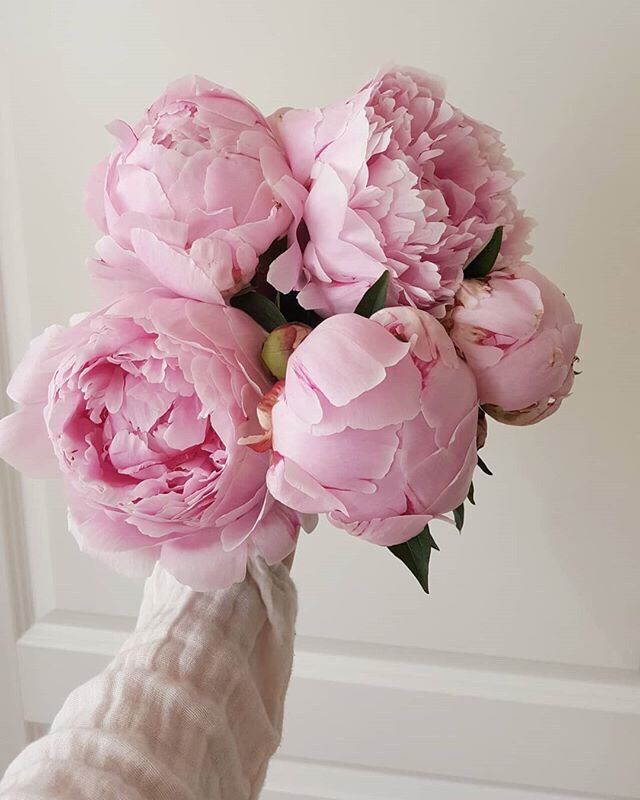
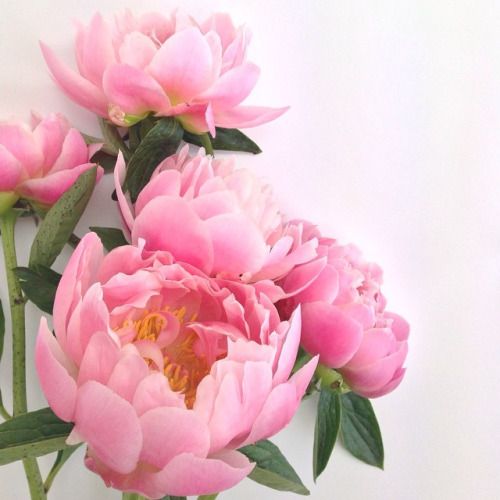
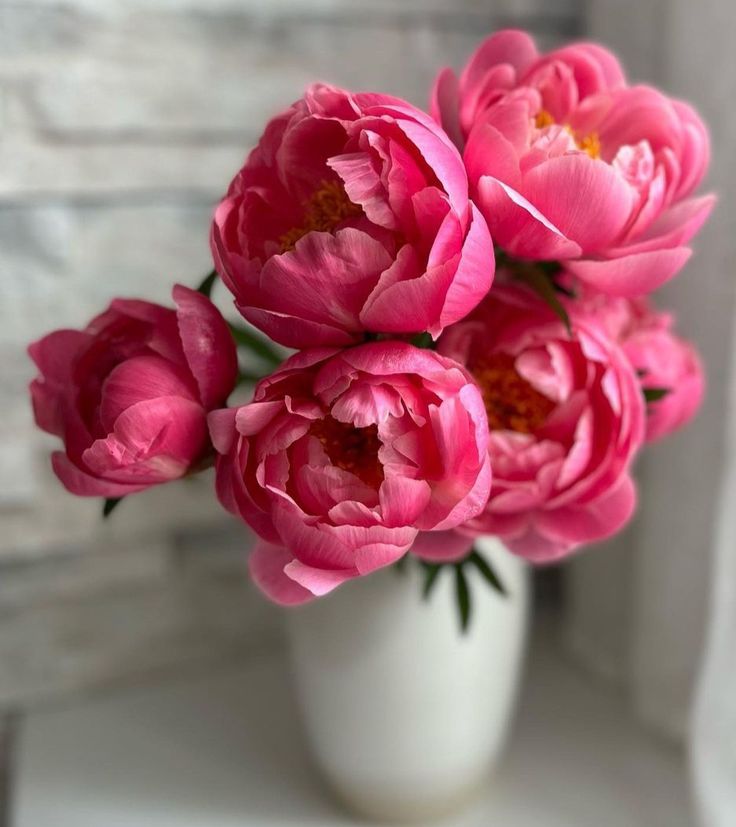
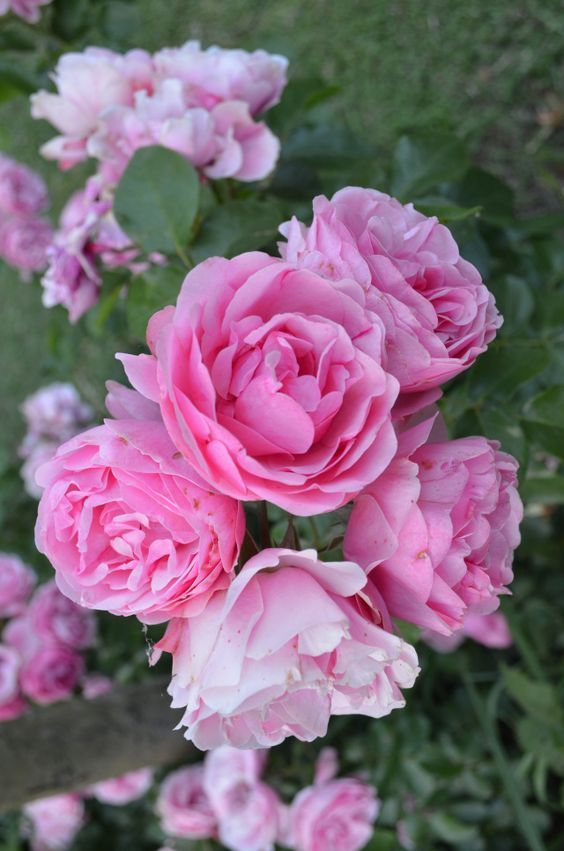
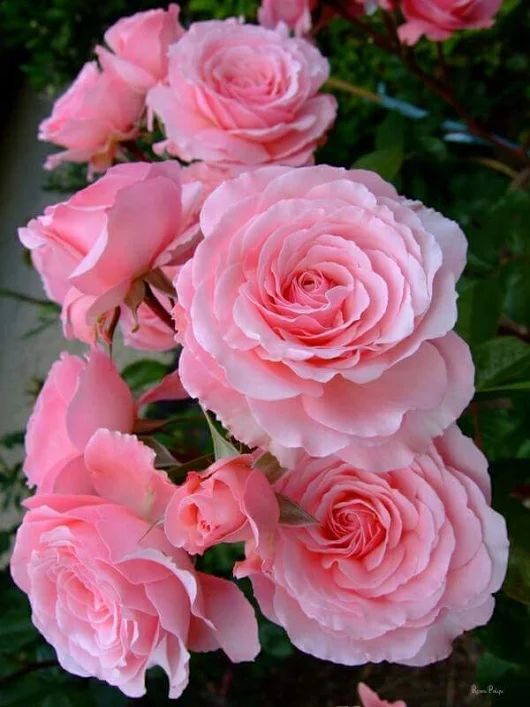
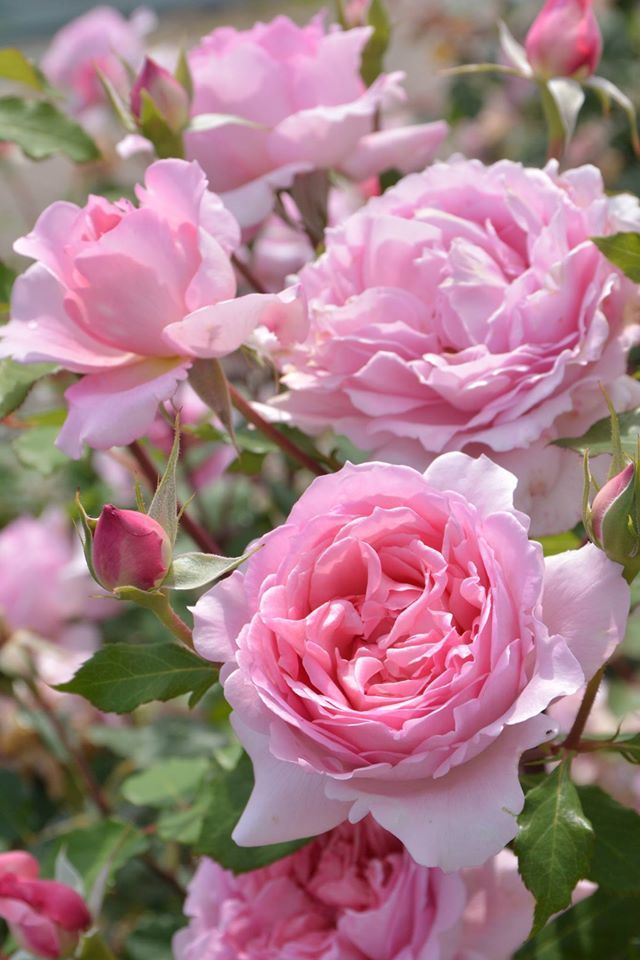
1. Plan Your System Layout
- Assess Landscape Needs: Evaluate your landscape layout, plant types, and water requirements to determine the most efficient placement of drip irrigation lines and emitters. Consider factors such as plant size, spacing, and water preferences when planning your system layout.
- Create a Design Sketch: Sketch out a detailed plan of your garden or landscape, indicating the location of plants, pathways, and existing water sources. Plan the layout of drip lines, emitters, and connectors to ensure adequate coverage and uniform water distribution.
2. Gather Materials and Tools
- Select Drip Irrigation Components: Choose high-quality drip irrigation components such as drip tubing, emitters, connectors, stakes, filters, and pressure regulators. Opt for UV-resistant and durable materials that can withstand exposure to sunlight and outdoor conditions.
- Tools for Installation: Gather basic tools for installation, including a shovel, utility knife, pipe cutter, hole punch, emitters insertion tool, and pipe stakes. Ensure you have the necessary equipment to cut, connect, and secure drip tubing and fittings.
3. Install Drip Tubing and Emitters
- Prepare Soil and Plant Beds: Loosen soil and remove debris from planting beds to ensure proper water penetration and distribution. Install drip tubing along planting rows or around individual plants, positioning emitters near the root zone for optimal water delivery.
- Cut and Connect Tubing: Use a pipe cutter to cut drip tubing to the desired length, then connect tubing sections using barbed connectors or compression fittings. Secure connections with hose clamps or locking rings to prevent leaks.
4. Adjust and Test the System
- Check Water Flow and Pressure: Turn on the water supply to the drip irrigation system and adjust the flow rate and pressure using a pressure regulator or flow control valve. Ensure water is flowing evenly through all drip lines and emitters without any leaks or clogs.
- Monitor Coverage and Distribution: Walk around the garden or landscape to check for uniform water coverage and distribution. Adjust emitter spacing or flow rates as needed to ensure all plants receive adequate water without excess runoff or pooling.
5. Mulch and Maintain the System
- Apply Mulch: Apply a layer of organic mulch such as wood chips, straw, or bark around plants and drip lines to conserve moisture, suppress weeds, and protect the soil surface. Mulching helps maintain soil moisture levels and reduce evaporation from the root zone.
- Regular Maintenance: Inspect the drip irrigation system regularly for leaks, clogs, or damage, and repair or replace any faulty components as needed. Flush drip lines periodically to remove debris and prevent clogging, and winterize the system before freezing temperatures arrive.
Conclusion
Installing a drip irrigation system is a practical and sustainable solution for efficient water management in your garden or landscape. By planning your system layout, selecting high-quality components, installing drip tubing and emitters, adjusting and testing the system for optimal performance, and mulching and maintaining the system regularly, you can conserve water, promote plant health, and create a thriving landscape that reflects your commitment to environmental stewardship. Embrace the benefits of drip irrigation technology, and enjoy the beauty and abundance of a water-wise garden for years to come.
FAQs (Frequently Asked Questions)
- How much water can I save with a drip irrigation system compared to traditional sprinklers?
- Drip irrigation systems can typically save up to 50% or more water compared to traditional sprinkler systems by delivering water directly to the root zone of plants with minimal evaporation, runoff, and overspray.
- Can I install a drip irrigation system myself, or do I need professional help?
- While basic drip irrigation systems can be installed by homeowners with DIY skills, complex or large-scale installations may require professional assistance. Consult irrigation experts or landscape professionals for guidance and assistance with system design, installation, and maintenance.